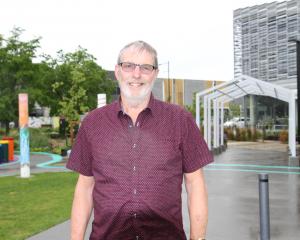
Auckland Council is today expected to change the way it conducts pest control in the 17,000 ha park, switching from bait stations for possum and rodent control to the aerial dropping of 1080 pellets.
The method is used by the Department of Conservation in its $21 million campaign in native forests to knock back mice, rats and stoats in what the agency calls the "Battle for our Birds." The department says its poison project is in response to an increase in predator numbers brought on by ideal growing conditions for seed production.
Auckland council says a similar cycle is occurring in the Hunua Ranges Regional Park, which it manages. The park contains four reservoirs which supply 65 per cent of Auckland's water supplies. It is also home to Auckland's only mainland kokako population, supports the long-tailed bat, hochstetter's frog, kaka, kereru, bellbird and tomtit communities.
Councillor George Wood said last evening that the council was confident it could carry out 1080 operations "without putting any injurious substance in the water supply." Mr Wood, who chairs the regional strategy and policy committee, said helicopters would not be permitted to carry 1080 loads over lakes and target areas would be off-limits to park users until 1080 pellets had degraded. Buffer zones around reservoirs would protect the lakes from 1080 dumps in nearby bush.
"We have to weigh up the benefits of using 1080 against the opposition it stirs up. Unless we take some positive action bird life in the park will suffer in a bad way. I'm confident we can do it safely." A report by council staff says a three-year pest control programme with its current toxins -- cyanide and brodifocaum -- would cost $1.4 million, and only cover 6.5 per cent of the park. By switching to 1080, the budget would be cut to $529,000 and the entire ranges would be treated.
Mr Wood said stringent water quality tests would be part of the programme, along with any other monitoring required by the Auckland Regional Public Health Service. Ministry of Health approval is also required for aerial operations.
The change to 1080, which the strategy and policy committee will vote on this morning, would not start until next winter when pests are short of food and bait drops most efficient. Mr Wood said iwi, community and environmental groups would be consulted.
By Andrew Stone of the New Zealand Herald












